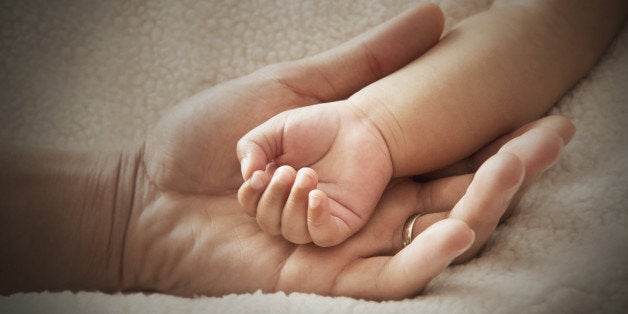
The dynamics of our country are changing. Biracial and multiracial individuals are slowly becoming the majority, yet there are few resources addressing how to educate and parent them. We like to say that everyone is the same, however ignoring our differences rather than embracing them, doesn't allow children to grow up with a strong sense of self. In an effort to create this strong sense of self in my own children, I've compiled a list of things I've learned about raising biracial children:
1. Immediately people will question whether or not you are the mother. In some cases, biracial children carry more features from the father than the mother. In my case, both of my children are light skinned, so people assumed because I had brown skin that I couldn't possibly be the mother.
2. Your baby is like a box of chocolates, thanks to genes, you never know what you're going to get. When my oldest daughter was born, this shocked me. I expected that she would have a little bit of brown in her skin. I also forgot that I have some family members that are white, so the genes pulled from all directions.
3. Some government forms still don't have a place to mark for more than one race. Fortunately since the boxes are there, I check them anyway!
4. At some point, your child may identify with one race over another. This may not be yours and you may feel hurt. Biracial children build healthy self-concepts when they are taught that they are both, not 50/50. However, during adolescence, they may relate to one group over another due to common interests, or the fact that one group is nicer to them than another.
5. Finding hair care products may pose a challenge. Not only do the genes collide to form facial features and skin color, but also hair texture. Thankfully there are so many products to choose from, but it can feel overwhelming at times finding the right one. Several bloggers (including me) do product reviews on products that they love.
6. You will have to explain race to your child before the world starts to question them. This goes back to my point in #4. The earlier you can discuss with your child about how unique and special they are, the better. They will grow up with a healthy self-concept and realize that they don't have to choose one race over the other, but they are lucky enough to be a combination of two races/cultures/ethnicities.
7. You will love your child regardless. Regardless of how much of your gene pool is noticeable through physical characteristics or mannerisms, you will love your child. Biracial children need love and support just like any other child.